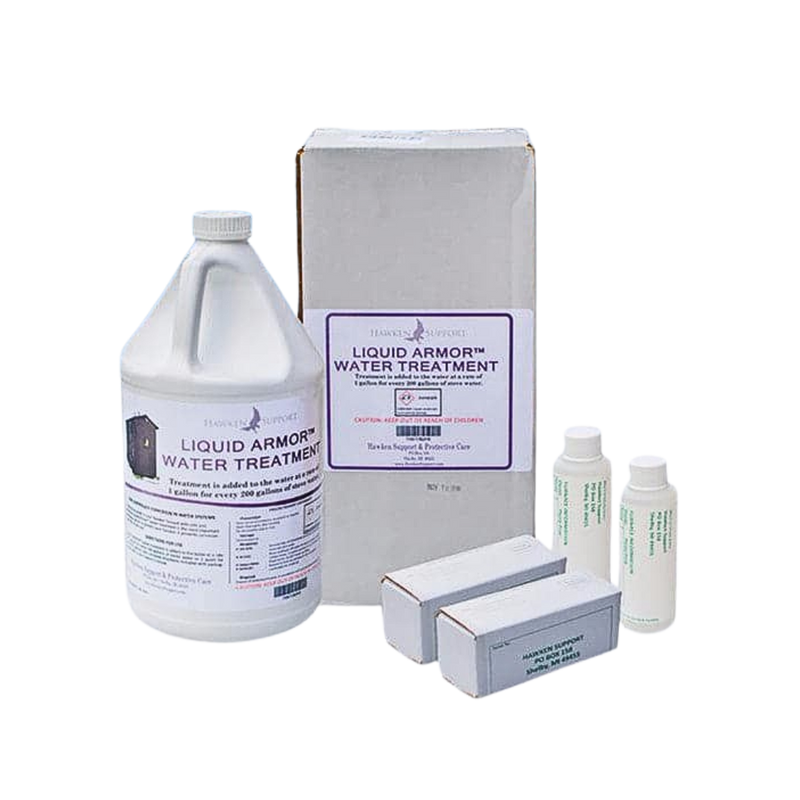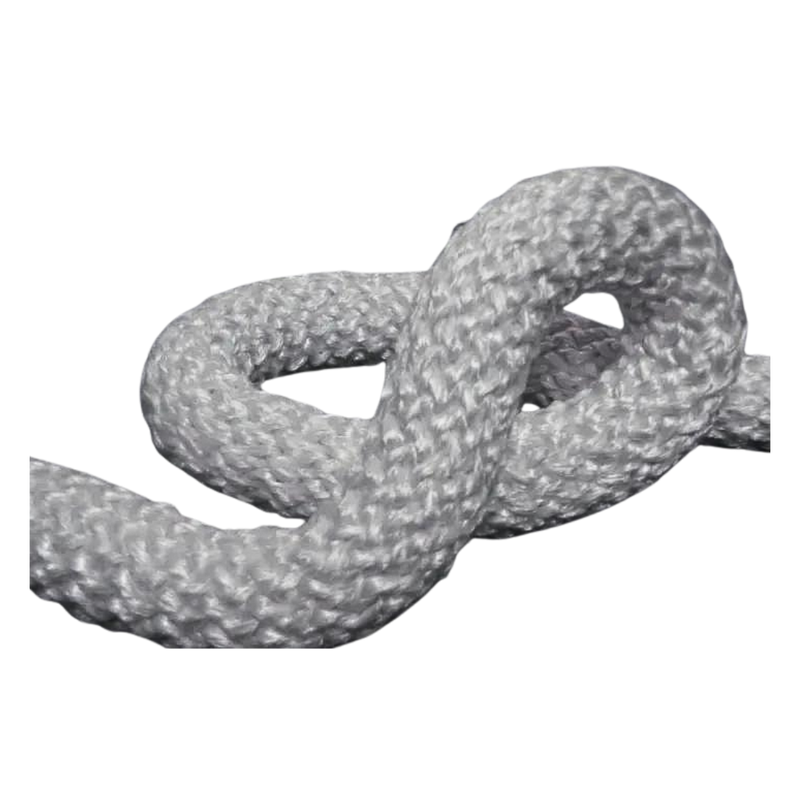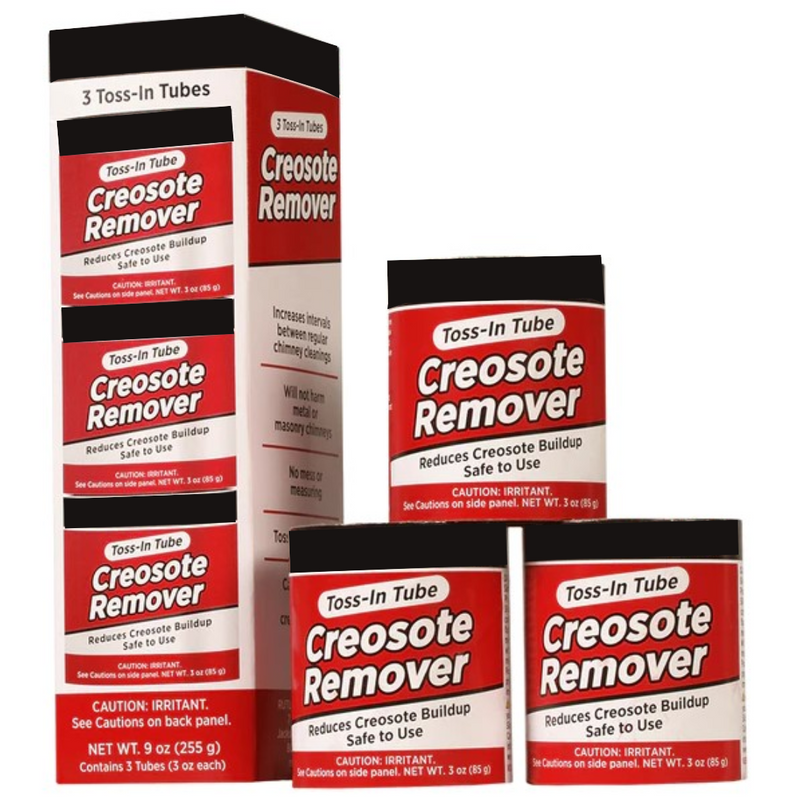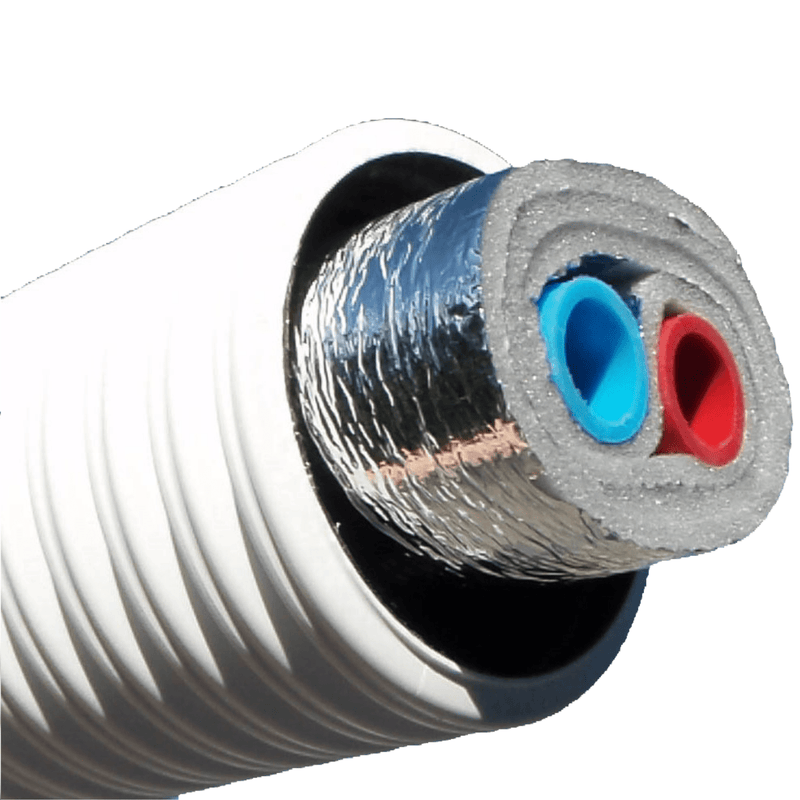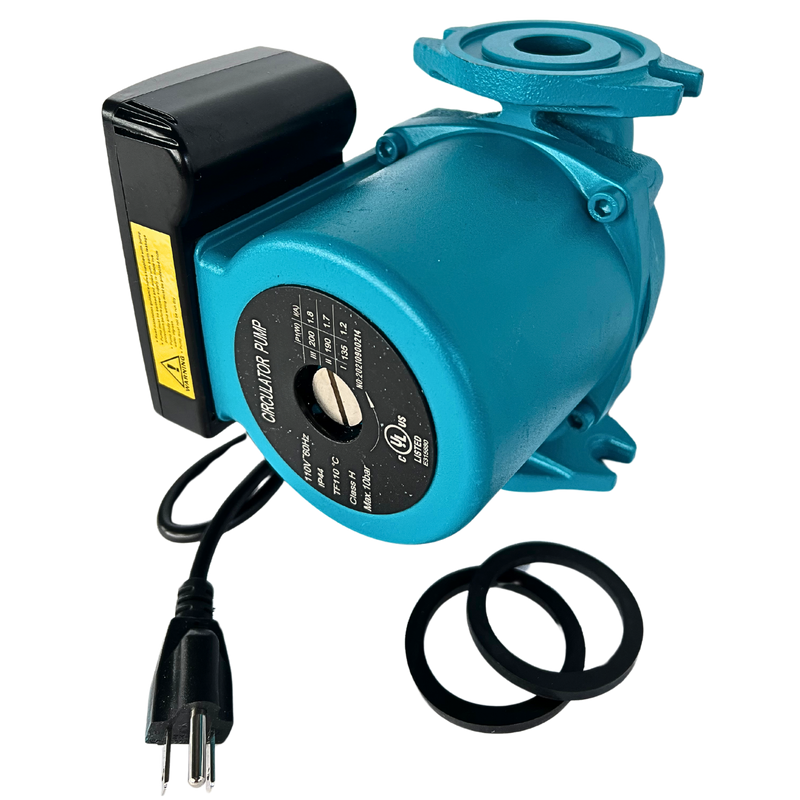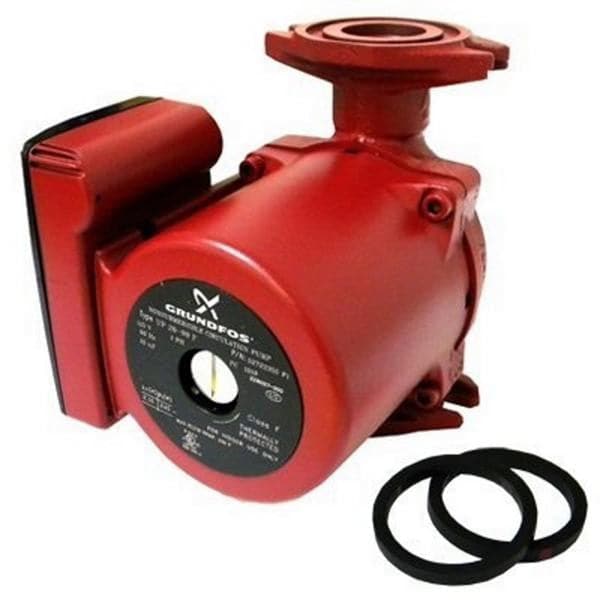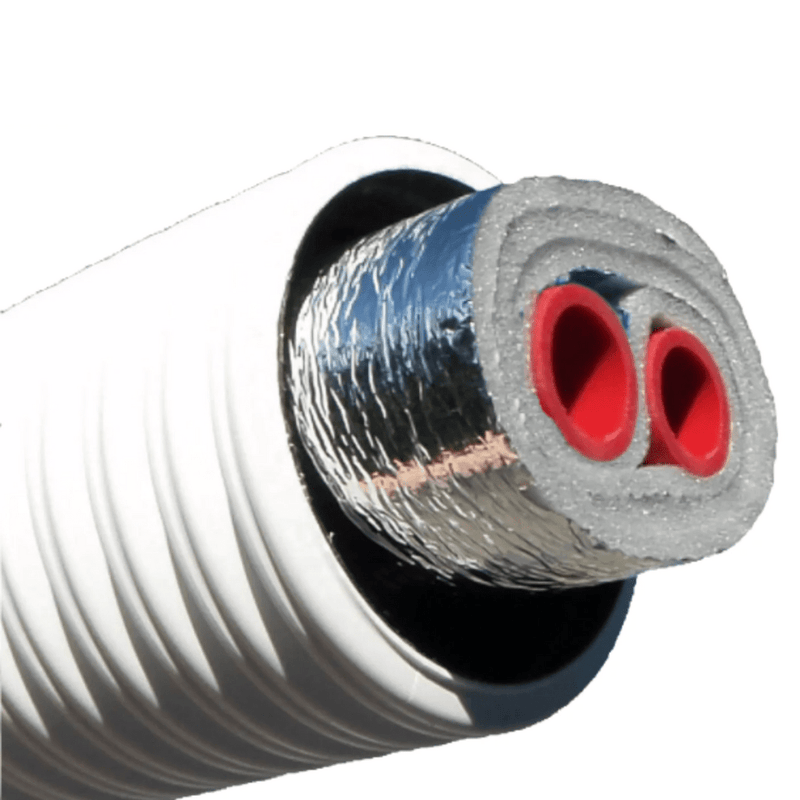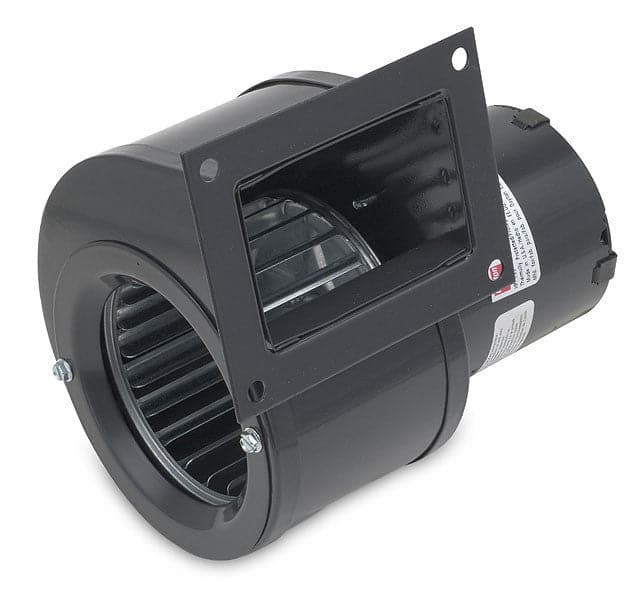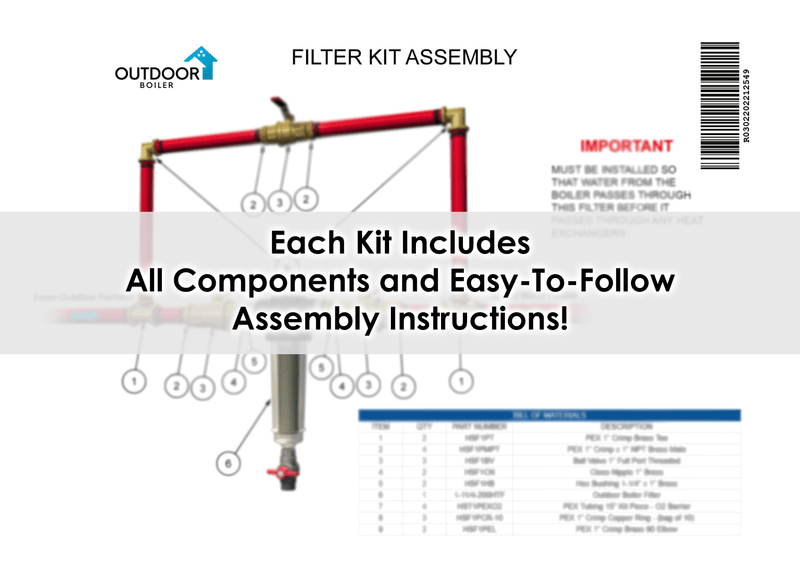How to Connect An Outdoor Wood Boiler to An Indoor Boiler

Remember that you are not heating your house or building using an outdoor wood boiler alone. You need to hook up the boiler to an indoor furnace or to another medium so that it can collaborate with it and make the heating possible. But your outdoor boiler will serve as your main source of heat. The water from the outdoor furnace flows through the underground insulated pex pipe to another medium before heating your house.
So how will you do it? Simple! The brazed plate exchanger will do the trick!
The outdoor wood boiler will send heated water to the plate exchanger which you will install inside next to your indoor boiler. It doesn’t matter if it’s an oil furnace, electric, or propane.
Why do you need a plate exchanger? How does it work?
Remember that your outdoor wood boiler is not pressurized while the indoor furnace is pressurized. Some outdoor wood boiler companies or dealers will tell you to connect the two directly. That is so wrong!
You should never connect the two systems directly that’s why you need a plate exchanger to separate the two different systems while working toward the same goal of producing heat. This brazed plate heat exchanger enables you to maintain one system pressurized while leaving the other unpressurized.
The hot water from your boiler or furnace, enters one side of the brazed plate heat exchanger, while the cold water you need to heat enters the other side. Waters or fluids run in separate channels in opposite directions without mixing. See the photo below.

Plate heat exchangers come in different sizes based on the application but typically range from 20 plates to 100 plates. Our plate exchangers are made with 316 stainless steel plates and copper brazing. Plate-to-plate heat exchangers have a nominal size of 5” x 12”. The number of plates varies based on the BTU transfer requirements. Click HERE for the sizes and specifications of all our plate exchangers.
You may ask, “I don’t use a filter, does that mean I need to hook up the other supply line directly to my outdoor wood stove?”
This is a common question that we receive from customers. This is not wise. If you don't have a filter, this is not your fault of course if your dealer did not even tell you about it. But you still need one to protect your system.
Why Do I need to Install a Filter?
Remember that sediment is the "Secret Killer" of outdoor wood boilers. It will eat through steel, AND cause electrolysis damage to your water jacket - holes in your boiler are very bad. This can also cause clogging on your plate exchanger. Some will try to clean their plate exchangers but remember that the spacing between the plates is very small and so it’s hard to get to it and clean it thoroughly so there is no guarantee that it will solve the issue.
Others tried to bring them to professionals but they just spent a lot of money still, their plate exchangers were not 100% clean. It’s even more costly than buying a new one.
We get calls from outdoor wood-burning boiler owners whose systems are from 3 to 7 years old and who need to replace all their heat exchangers at great cost. This could have been prevented if they had a filter.
If you don't have a filter, you can install one now easily. This will reverse the damage being caused by sediment, and clean up your system perfectly!

Filter kits are available! They include literally every component needed to install a filter, including the bypass. A bypass is required to allow the water to continue flowing while the filter is getting cleaned every month or two.
Simple instructions and drawing for the filter are included with every Filter Kit. Click HERE for more info on Filter Kits.
Other Usage of Plate Exchangers
A water-to-water plate heat exchanger is used to transfer heat from one hot water source to another without mixing the water. Three common examples of this in the outdoor wood boiler industry are as follows:
- A plate exchanger enables an outdoor boiler to provide domestic hot water.
- A plate exchanger enables an outdoor boiler to provide indoor heating of buildings heated by an indoor boiler with baseboard radiant tubing.
- A plate exchanger enables an outdoor boiler to provide indoor heating of buildings heated by an indoor boiler with in-floor tubing radiant heat.
Please contact OutdoorBoiler.com at 231-861-8200 Mondays to Fridays 9 am to 6 pm EST for any questions or if you want to order the components for the indoor boiler interface kit. We will provide you













